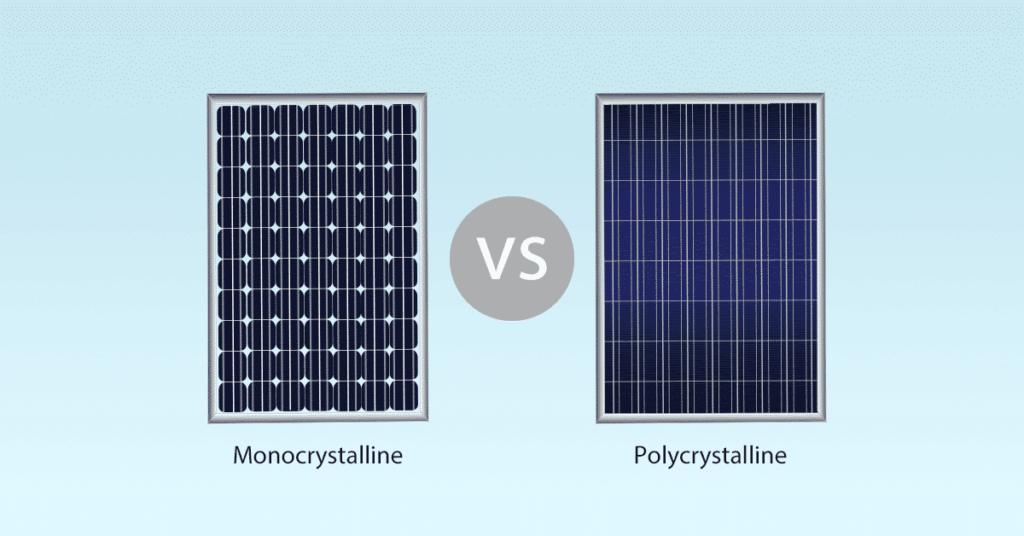Write at the beginning
Is it difficult for you to choose between monocrystalline and polycrystalline solar panels?
The choice between monocrystalline and polycrystalline depends on price, performance, aesthetics and the type of installation you have.
To help you make the right decision, the MAYSUN SOLAR team explains in detail how monocrystalline and polycrystalline solar panels compare to each other and how to identify them.
Table of Contents
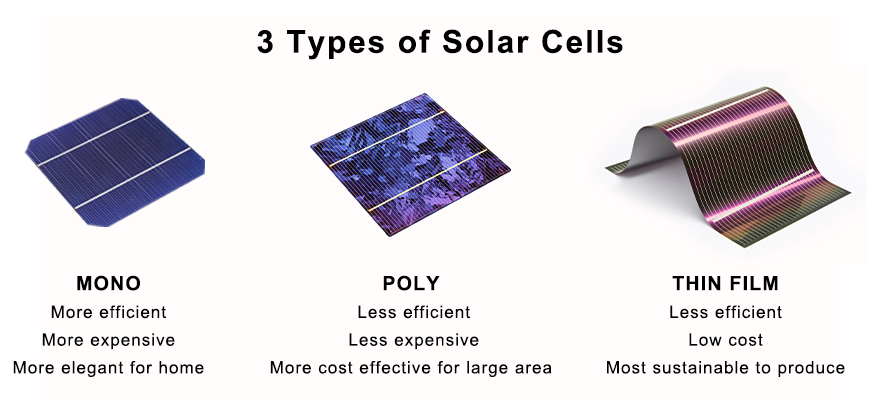
Overview of mono and poly
Photovoltaic modules consist of monocrystalline or polycrystalline solar cells. Different types of cells are used to form different types of PV modules: polycrystalline modules and monocrystalline modules.
There is also a third type of thin-film cell, which is usually used for some special applications: aerospace or BIPV.
Monocrystalline Solar Panel
The monocrystalline solar module has black solar cells with rounded edges. It has a higher conversion efficiency than polycrystalline modules, so it can produce more kilowatt hours of electricity.
If you want to install a solar panel system but have limited space, monocrystalline panels are more cost-effective per square meter.
They are the most efficient solar panels but are more expensive because the manufacturing process for monocrystalline cells is more complex.
Polycrystalline Solar Panel
Polycrystalline solar panels have straight-sided blue photovoltaic cells. They are less efficient than monocrystalline cells, which means you need more panels to get the same amount of power.
However, polycrystalline panels are also cheaper because they are easier to manufacture. Polycrystalline panels are very durable, but they tend to have a slightly shorter lifespan than monocrystalline panels.
They are also more sensitive to high temperatures, which can reduce their productivity on hot days.

Differences in manufacturing process
As shown above, the biggest difference between monocrystalline and polycrystalline modules is in the silicon production process: monocrystalline silicon is produced using the CZ direct-drawing method in monocrystalline furnaces, and is made into cylindrical silicon rods; polycrystalline silicon is produced using polycrystalline ingot casting furnaces, and is made into square silicon ingots.
At present, some enterprises use the production method of granular silicon to manufacture monocrystalline silicon.
Comparison Table: Mono vs. Poly Solar Panel
The following is a comparison of several key points of monocrystalline and polycrystalline solar panels.
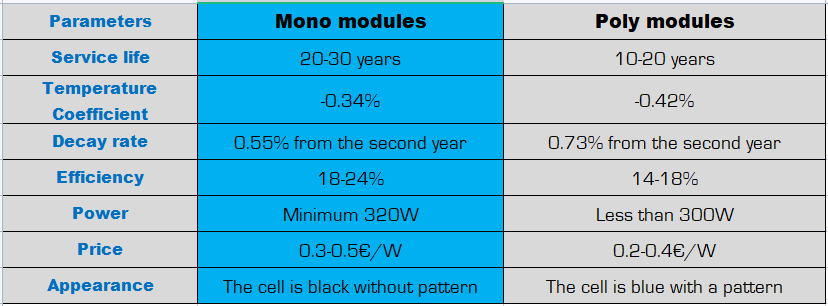
Temperature factor: monocrystalline panels are suitable for use in hot areas
The temperature of your solar panels is one of the most important factors affecting the amount of electricity your panels produce. Ironically, the more sunlight you receive, the hotter your panels will become, which can offset the benefits of sunlight.
In some cases, depending on your specific location, the heat factor can reduce your performance by 10-25%.
If you look at the manufacturer’s data sheet, you will see a term called “temperature coefficient Pmax”. For example, Aleo 320 – 330 W solar panels (monocrystalline) have a temperature coefficient of -0.40%. This means that for every temperature above 25˚C… the maximum power of the panel is reduced by 0.40%.
In general, solar panels based on monocrystalline and polycrystalline solar cells have a temperature coefficient between -0.3% and -0.50%. Maysun Solar (monocrystalline panels) does well in this regard with a temperature coefficient of -0.34%.
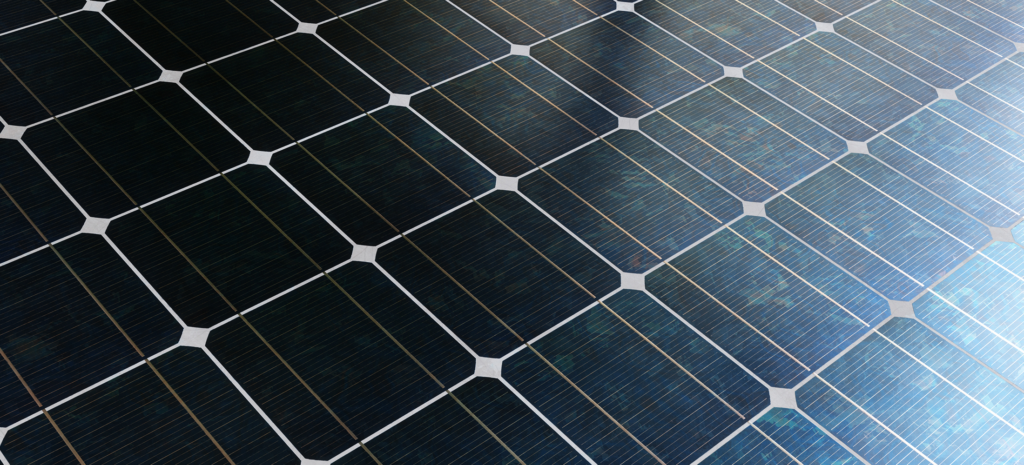
Efficiency: Monocrystalline panels are the winner!
Generally speaking, monocrystalline solar panels are more efficient than polycrystalline solar panels. In fact, monocrystalline panels are cut from a single crystal of silicon, which facilitates the flow of current throughout the panel. In some cases, monocrystalline solar panels can achieve efficiencies of 20% or higher, while most polycrystalline modules have a maximum efficiency of less than 18%.
For example, Maysun Solar’s highest efficiency panel is the Mono Perc 210 (390-410WC), which has an efficiency of 21.2%.
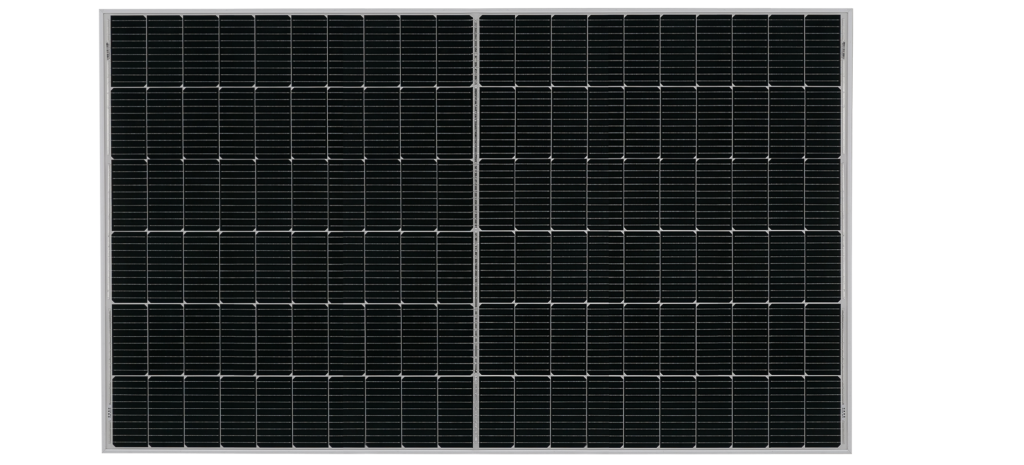
Price: monocrystalline usually costs more
In the case of Myson panels, for example, monocrystalline panels are 1.8% more efficient than polycrystalline panels, which means a 10% increase in relative efficiency. Obviously, by choosing a monocrystalline panel over a polycrystalline panel, you will get more than 10% more power.
Are monocrystalline panels less than 10% more expensive than polycrystalline panels? If so, that’s great. However, if you are paying much more than that – which is often the case – it may make more sense financially to go with a lower yield polycrystalline panel.
Keep in mind that in some cases it makes sense to spend more money to get more efficient panels. You may have limited roof space and need to get maximum performance from fewer panels.
In addition, the panel cost is only a fraction of the overall system cost (48%). More panels means more aluminum supports, which sometimes means higher inverter costs. If you are using an optimizer or microinverter, each panel is associated with its own inverter component. This means that using inefficient panels, even though the cost per watt is lower, will ultimately increase the overall cost of the system compared to choosing monocrystalline panels, because using more panels increases the cost of supports, inverters, and installation labor.
If you are applying solar panels on a roof with limited area, affordable monocrystalline panels are a good choice to save on investment costs.
For example, MAYSUN SOLAR’s 400-watt all-black monocrystalline panels cost about 150 euros per panel, including tax. A 6 kW project requires about 15 panels at a total cost of 2,250 euros including VAT.
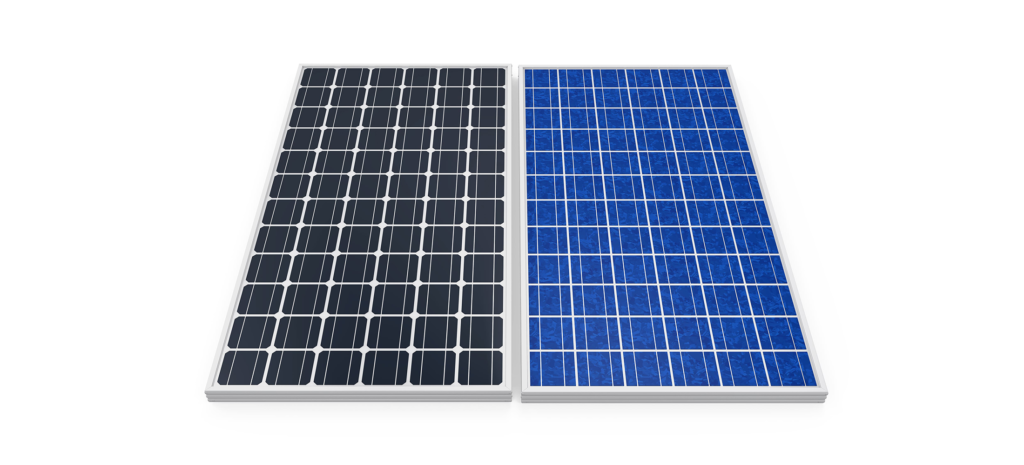
Conclusion
In conclusion, monocrystalline solar panels have solar cells made from a single crystal of silicon, and this manufacturing difference means that monocrystalline solar panels have a higher spectral response and better performance. Although they are more expensive, the fact that they can produce more energy makes up for their extra cost, especially considering that they have a lifetime of at least 25 years. In addition, they are more discreetly black and better match traditional tile roofs. Monocrystalline solar panels are definitely the best type of solar panel.
Please feel free to contact us for more information and we will be happy to assist you. Our affordable, reliable and aesthetically pleasing solar panels will perfectly suit your needs. Give us the opportunity to impress you and share our solar expertise with you.

